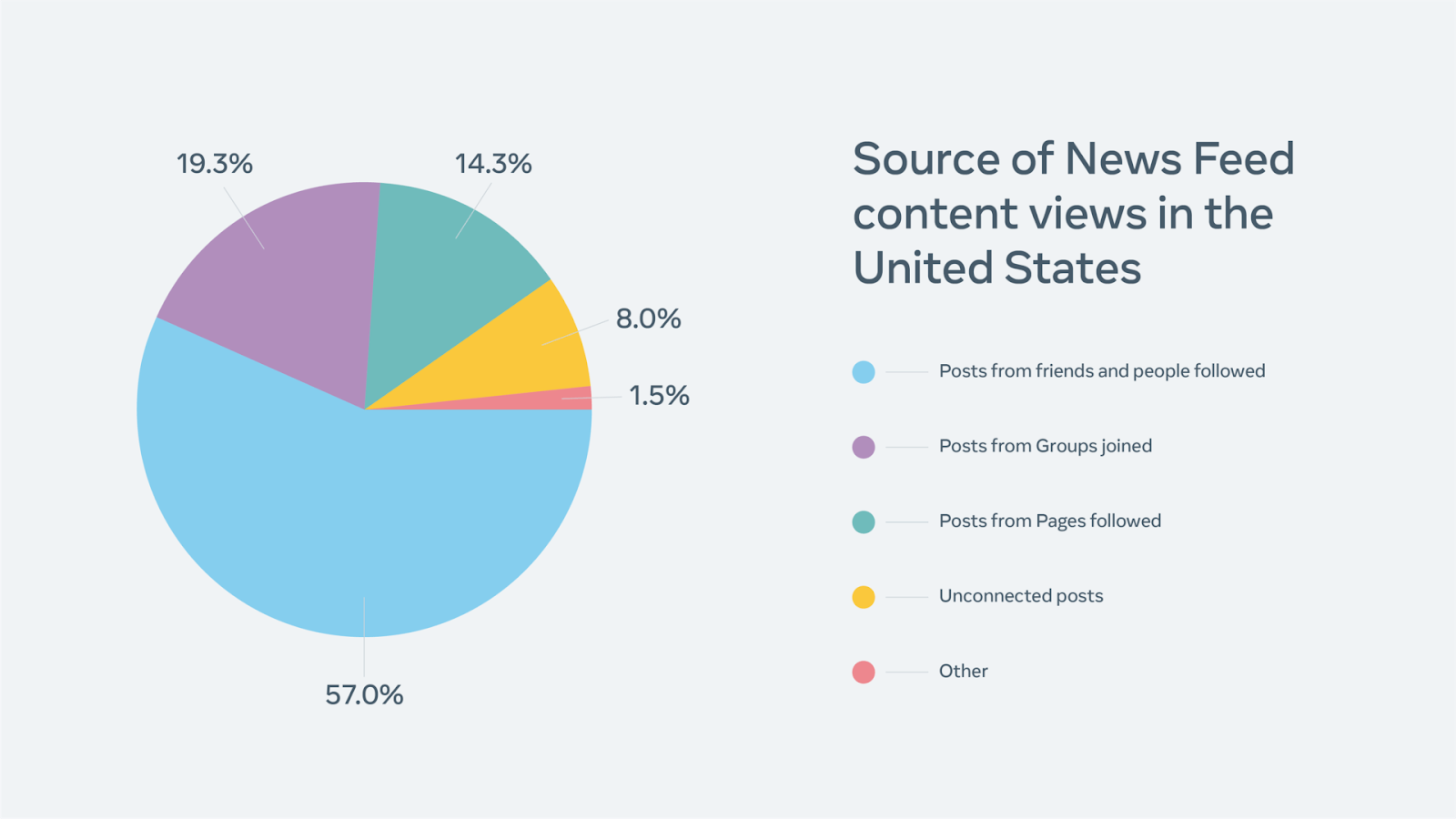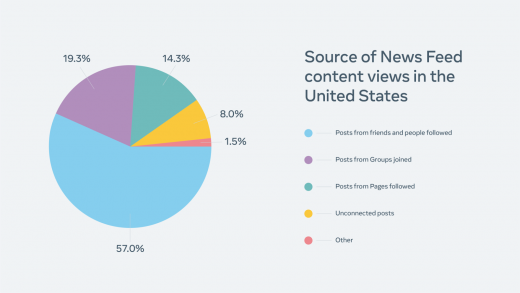Facebook’s widely viewed content
Plus a global survey of customer engagement.
MarTech’s daily brief features daily insights, news, tips, and essential bits of wisdom for today’s digital marketer. If you would like to read this before the rest of the internet does, sign up here to get it delivered to your inbox daily.
Good morning, Marketers, does your data have a destination?
In my coverage over the last few years of the CDP space, a lot has been made of the need for organizations to streamline and unify their customer data. Is some of it locked in an old CRM or DMP, or languishing on ancient sales spreadsheets?
CDPs have been critical in the movement to break down data silos, but just as important is to have a good idea of how the data will be used once it’s all in order. So, if you’re in the process of transforming your data management, it’s a good opportunity (or more like a necessity) to also line up your strategy for personalization.
As Apoorv Durga from The Real Story tells us, in a sweeping feature about personalization (some of which you’ll find below): “Personalization works best when you have ready access to authoritative customer data.” Keeping personalization in mind, whether across email or in a broader omnichannel campaign, will help guide better decisions about finding the right data solution for your business.
Chris Wood,
Editor
Where should personalization reside in your stack?
Online personalization as a concept has been with us for more than two decades, but marketing tech leaders today still struggle to implement it, even those at big companies with ample resources. And those who have gotten smarter about targeting people in individual channels must now confront the challenge of coherent personalization across an ever-growing set of channels.
In the first of a series of articles on personalization, Apoorv Durga of Real Story Group asks: Where should personalization reside in an omnichannel martech stack? He identifies three basic options:
- Personalize within individual channels. This is probably the easiest option, but can lead to a loss of consistency across channels;
- House it in a data platform such as a CDP or a JOE (journey orchestration engine). This frees personalization from being “stuck” in one channel, but presents the challenge of enabling real-time integration between the data layer and engagement engines; or
- Use a dedicated personalization engine as a standalone tool in your stack. Here, research suggests that the options on the market have yet to be widely tested.
Facebook launches its “Widely Viewed Content Report”

Last week, Facebook published the first edition of its “Widely Viewed Content Report,” a quarterly report that provides statistics on the content users are viewing in their News Feeds. The report is seen by many media outlets as a way to counter data from its own CrowdTangle tool that often shows posts from conservative commentators among the 10 top-performing link posts (ranked by total interactions). But, for marketers, the report may also contain useful insights into how users are interacting with content on their News Feeds.
Why we care. There’s a breakdown of News Feed content sources (shown above) and other interesting stats, such as views on posts with links vs. views on posts with no links, the top domains that accounted for News Feed content (YouTube, Amazon and Unicef were among the top three) and more. The “Widely viewed posts” section might also provide social media marketers with a look at the types of content that attract millions of views — there’s no surprise here, the majority of the most-viewed posts contained either a photo or a video.
There is a caveat: The posts that had the most content views during Q2 represented about 0.1% of all content views on Facebook. The company attributes this to personalization: “Given the customized nature of News Feed, most of what people see on Facebook is personalized for them specifically,” Facebook said in the report. Knowing your audience may help you increase the odds that the personalization systems work in your favor.
The complicated consumer
A global survey of around 11,500 consumers, conducted by Opinium on behalf of customer engagement platform Freshworks, found that people simply have different opinions about and expectations of customer experience. For example, while 71% prefer to engage with real people at brands, a healthy 39% prefer self-serve options. 49% want to hear more from brands, while 26% don’t relish communication with brands at all.
Very low numbers expect to be delighted by brands or to enjoy personalized experiences (14% each); and while most consumers are willing to share personal data in return for a better experience, almost a quarter of those surveyed are not.
Why we care. Although respondents were all 18 or over, it would have been interesting to see the data broken down by age. It’s possible, of course, that a younger demographic prefers self-serve when dealing with brands, but the survey doesn’t tell us.
It’s interesting because of the relatively large sample, and because of the questions it leaves open. Should brands focus on engagement when only half their customers want to hear more from them? Freshworks, given their CX software offering, would doubtless say yes, as long as the engagement is great — but as the headline suggests, consumers are more complicated than that.
Quote of the day
“One of the biggest barriers to making martech a definitive marketing advantage is the technical orientation and skillsets of the team. Increasingly, marketing departments need tech chops to achieve differentiated results.” Trevor Sumner, CEO of Perch
The post Facebook’s widely viewed content: Monday’s Daily Brief appeared first on MarTech.
(53)



